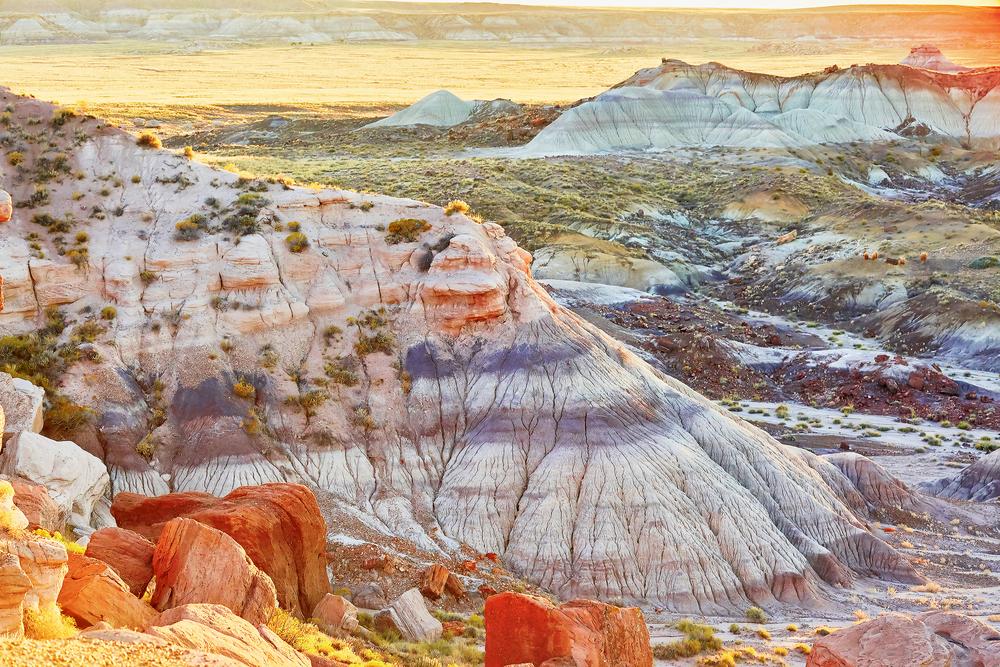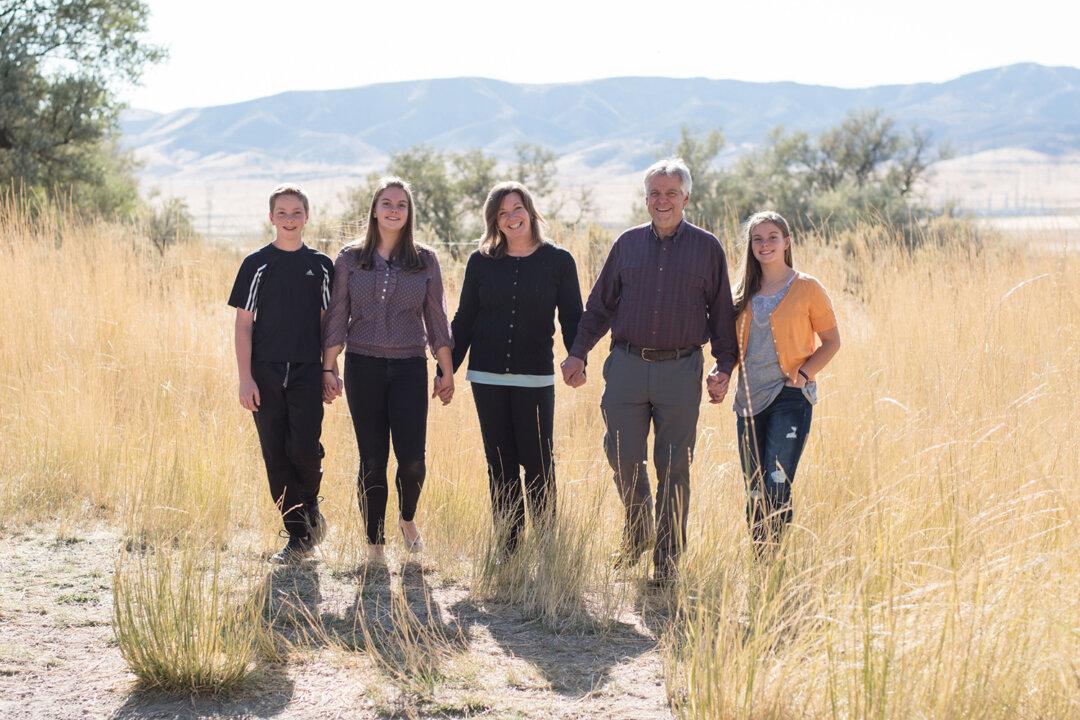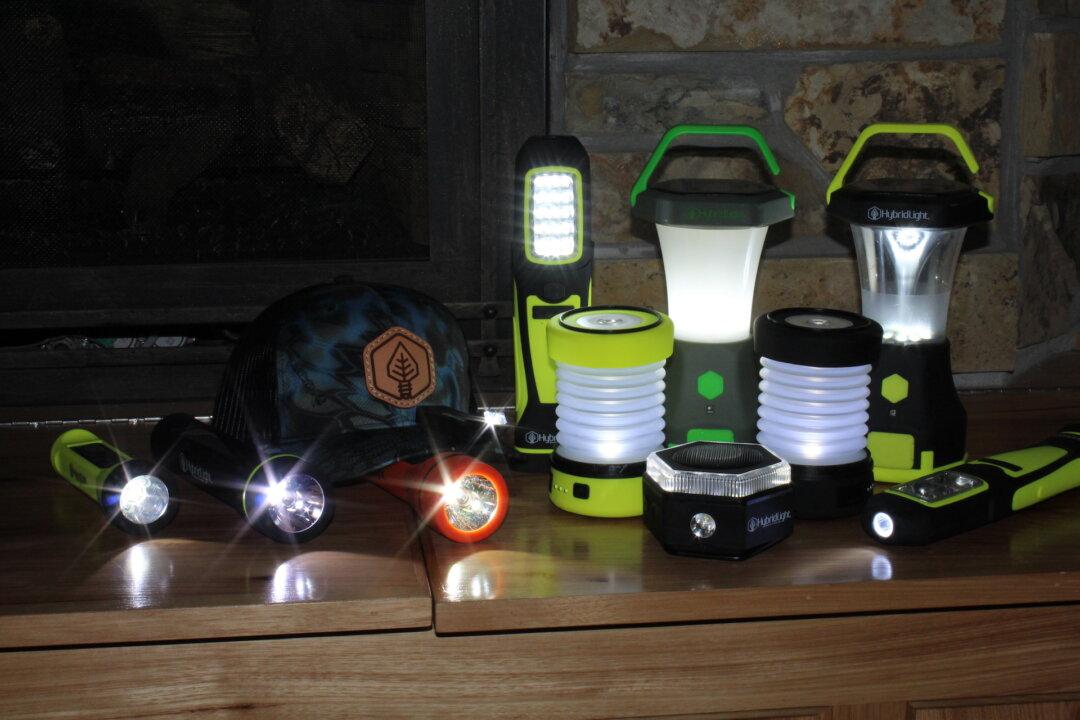The following roads represent a very small sampling of epic road trips that provide a connection with a less hurried and hectic way of life. Some can be driven in a day, while others require at least a week to traverse. Pick up a map—a real one, printed on paper—and find your own route to see from a motorcycle, car, or RV.

Blue highways often pass through largely unpopulated sections of the United States, so top off the gas tank before setting off. Ekaterina Pokrovsky/Shutterstock






